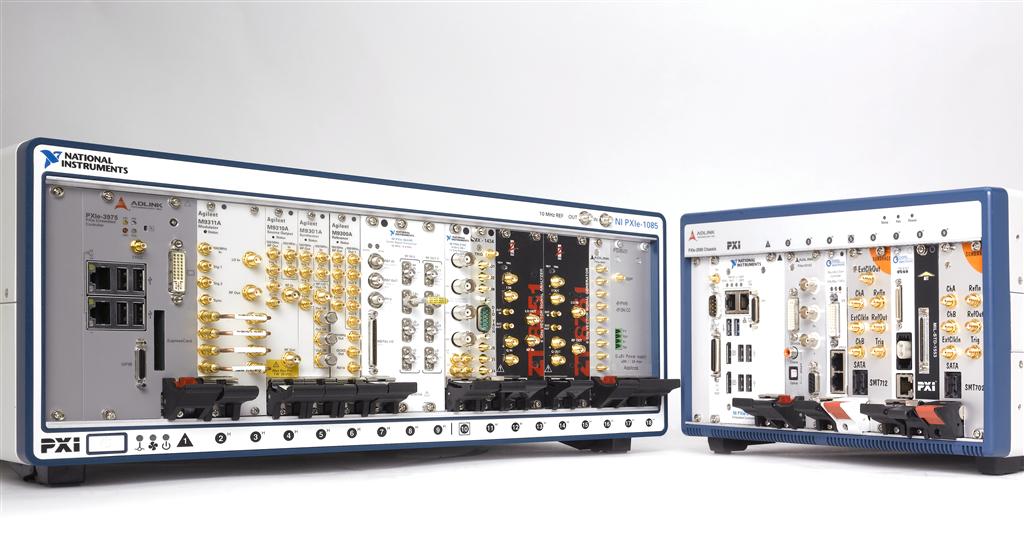Description
The National Instruments R37-37 Ribbon Cable, part number 779195-01, is a specialized Ribbon Cable designed for simplicity and efficiency with a single ribbon connection. It features a 37-Pin, Female D-SUB back end connection and a 37-Pin, Male IDC front end connection, providing versatility for various connectivity scenarios. This cable extends to a length of 1 meter, offering ample distance for setup flexibility.
Specifically recommended for compatibility with NI-6520 and NI-6521 devices, this cable is optimized for use with equipment that has a 37-pin D-SUB interface. However, it is important to note that the R37-37 is not shielded, and therefore, is not recommended for applications where shielded cables are necessary due to potential electrical noise interference. Additionally, this cable does not incorporate twisted pairing, which is another consideration for environments with strict cabling performance requirements.
| Attribute | Details |
|---|---|
| Product Name | National Instruments R37-37 Ribbon Cable |
| Part Number | 779195-01 |
| Type | Ribbon Cable |
| Number of Ribbon Connections | 1 |
| Back End Connection | 37-Pin, Female D-SUB |
| Front End Connection | 37-Pin, Male IDC |
| Cable Length | 1 meter |
| Recommended Devices | NI-6520, NI-6521 |
| Electrical Noise Shielding | Not Shielded (Not recommended for applications where shielded cables are required) |
| Twisted Pairing | No |
Q1: What type of cable should be considered in place of the National Instruments R37-37 Ribbon Cable if the application requires a shielded cable with twisted pairing to minimize electrical noise interference?
A1: If the application requires a shielded cable with twisted pairing to minimize electrical noise interference, one should consider a shielded twisted-pair ribbon cable that is compatible with the 37-pin D-SUB interface, rather than the National Instruments R37-37 Ribbon Cable which lacks these features.
Q2: What types of devices are the National Instruments R37-37 Ribbon Cable, identified by part number 779195-01, specifically recommended for, and what are the potential limitations of using this unshielded and untwisted pairing cable in certain environments?
A2: The National Instruments R37-37 Ribbon Cable, part number 779195-01, is specifically recommended for use with NI-6520 and NI-6521 devices, but due to its lack of shielding and twisted pairing, it may not be suitable for environments where electrical noise interference is a concern or where strict cabling performance requirements necessitate such features.
Q3: What are the potential drawbacks of using the National Instruments R37-37 Ribbon Cable in environments with high electrical noise, given that it is not shielded and lacks twisted pairing?
A3: The potential drawbacks of using the National Instruments R37-37 Ribbon Cable in high electrical noise environments include increased susceptibility to interference and signal degradation due to the lack of shielding and absence of twisted pairing, which are both features that help to protect against such issues.
Q4: What types of devices are most compatible with the National Instruments R37-37 Ribbon Cable, and what are the potential limitations to consider when using it in certain environments?
A4: The National Instruments R37-37 Ribbon Cable is most compatible with devices such as the NI-6520 and NI-6521, which have a 37-pin D-SUB interface; however, potential limitations include its lack of shielding and twisted pairing, making it unsuitable for environments where electrical noise interference is a concern or where strict cabling performance is required.
Q5: What are the potential limitations of using the National Instruments R37-37 Ribbon Cable, part number 779195-01, in environments with strict cabling performance requirements?
A5: The potential limitations of using the National Instruments R37-37 Ribbon Cable, part number 779195-01, in environments with strict cabling performance requirements include its lack of shielding, which makes it susceptible to electrical noise interference, and the absence of twisted pairing, which is often necessary to minimize crosstalk and ensure signal integrity.



